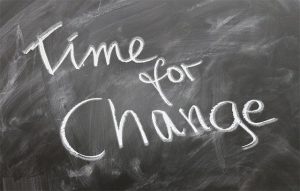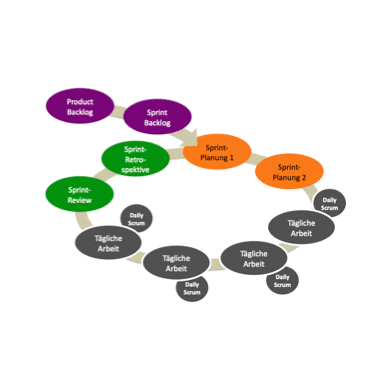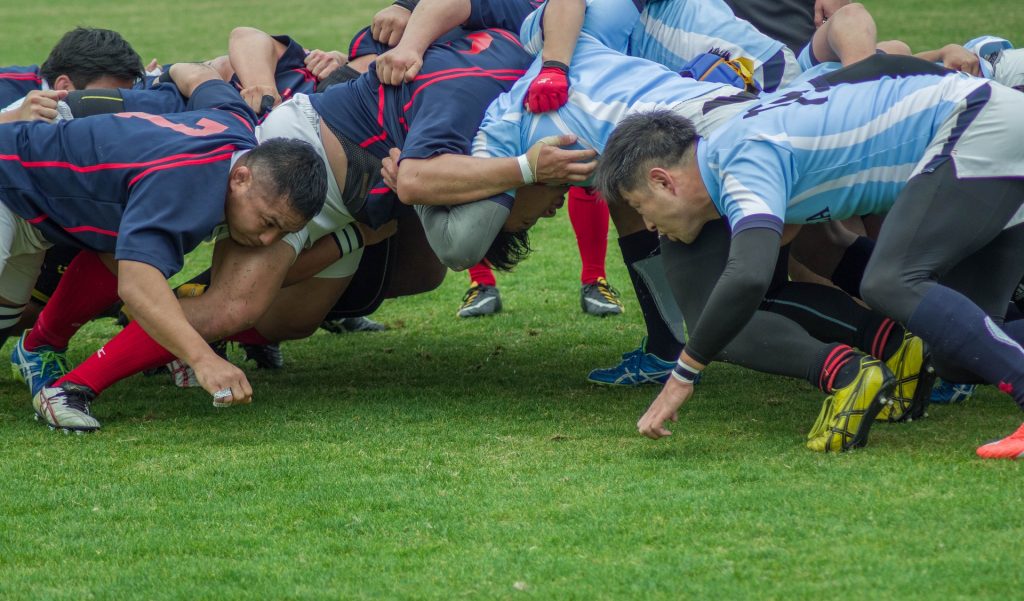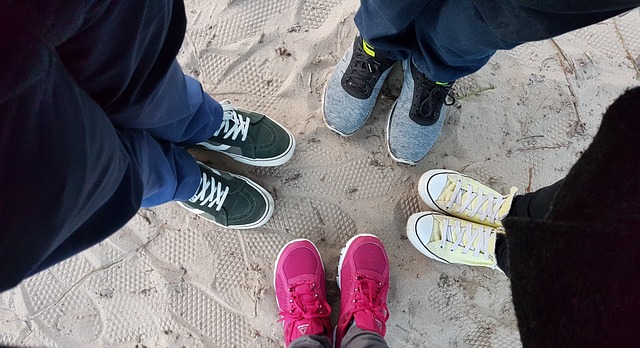Originally, Scrum was a framework for agile methods in projects, above all in software development.
The term comes from rugby, it means “ordered crush”, and that’s just how it’s meant – it is not an abbreviation for anything. In rugby, there is always such a crush between two game sections, or any violation of the rules. So Scrum is the preparation for the “throw in” of the ball so the game can continue. (Image by jackmac34 from Pixabay)
The team now clings to each other in order to prepare for a sprint, i.e. a step forward – this term is also key to the Scrum or agile methods in general.
Similarly, Scrum tries to break down the entire development process from the first idea or vision to the finished product into many small game sections, i.e. sprints with their own sprint goal. (Image by Dr. Reiner Borretty, loosely based on Foegen et.al., page 78)
The backlog is the planning basis for this, i.e. a collection of tasks that are waiting to be done or fulfilled.
The daily stand-up meeting (“Daily Scrum”) as a short (quarter of an hour) interchange in the team (What has been achieved? What will be tackled next? What obstacles lie ahead?) is almost the best known Scrum element. But Scrum is much more, see above. (Image by auricadina75 on Pixabay)
… stands for a goal-oriented but iterative sequence of steps in product development and consistent orientation to the needs of the customer or user by interdisciplinary teams. So the designers start at the “end” of the development process, with the product in the hands of the user. The team understands needs, observes behavior, tries to recognize perspectives – and only then develops, plans and tests. Here we summarize the iterative process as follows:
- Understanding: In the first step, the developers understand the customers’ needs emphatically, the problem or the opportunity. Only then do they define the question, goal and framework conditions of the project.
Observing: This is followed by intensive research in the field, especially behavioral observation of potential users, also to recognize the status quo.
Synthesis is determining the essential problem to be solved by the product through reduction, establishing relationships between data, summarizing, making sense – through visualization, usually with simple means (walls full of post-its).
A special method for this is the summary to the persona according to Alan Cooper, the “father” of the programming language Visual BASIC. The developers break down the observations made (see above) to a single, prototypical user with specific properties, which remains the source of ideas for the further design process. (In practice we found that a small number of personae is more helpful.)
Brainstorming: in this step, a core element of design thinking, the developers generate insights, ideas and visions for new products/solutions. They use traditional brainstorming as just one method among many to develop and visualize different concepts.
Prototyping: To test and illustrate the ideas, the first, low-effort prototypes (minimal viable product) are developed and tested with the target group.
Refinement: the designers improve and further develop the concept based on the experience gained through prototypes until an optimal, user-oriented product has been created.
Of course, in practice, the steps overlap and their sequence is rather iterative!
The following methods (or bundles thereof) should make workshops more agile and interesting:
In a Jam, a virtual (!) Workshop, virtual teams generate ideas from definition to approaches to solution ; the analogy (to Jazz music) is actually to create a jam session,
Open Space – in this presence format, teams do practically the same thing in direct contact,
Hackathon – a “cross-functional” team of technical and IT experts creates a specific software code very intensively and over many hours.




